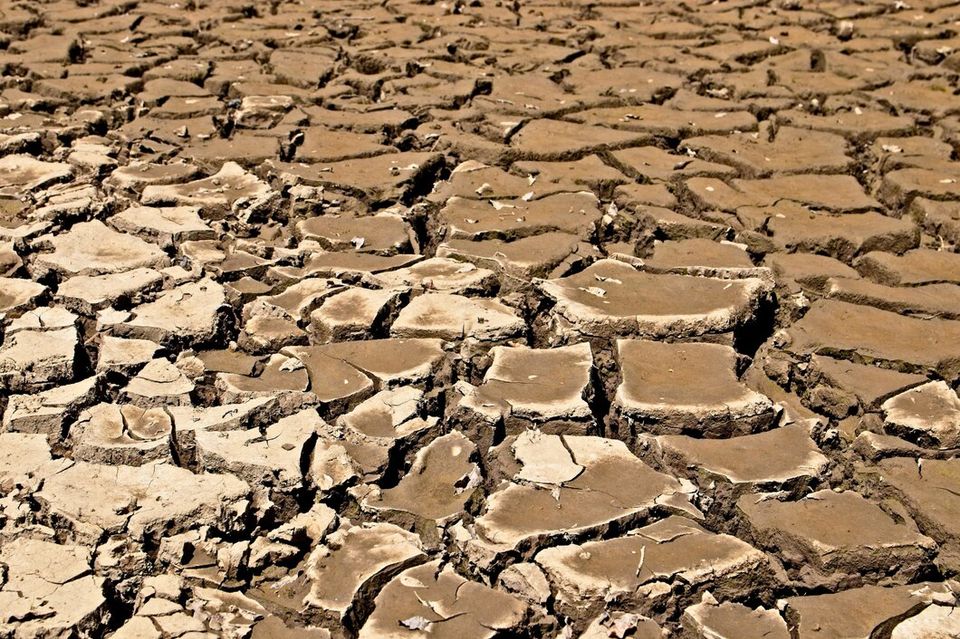Water management plays a crucial role in construction and soil stabilization projects, ensuring the timely completion and long-term success of the built environment. Soil Dry Down is a critical aspect of water management, as it involves the controlled removal of excess moisture from the soil to achieve optimal workability and compaction for construction purposes.
From highway construction to building foundations, Soil Dry Down techniques are essential for ensuring the soil's suitability for structural support and preventing future issues such as settlement, subsidence, or bearing capacity failures.
In this informative guide, we will delve into the fascinating world of Soil Dry Down, examining its importance in construction and soil stabilization projects. We will discuss the various methods and equipment used for Soil Dry Down, as well as the factors that influence the speed and effectiveness of moisture removal. Additionally, we will explore the benefits of proper Soil Dry Down practices for the longevity and performance of construction projects, and share expert advice on optimizing your Soil Dry Down process.
1. The Importance of Soil Dry Down in Construction and Soil StabilizationSoil Dry Down is a vital process in construction and soil stabilization projects that significantly influences the overall project success. Some of the key reasons for its importance include:
a. Optimal Workability: The ability to easily manipulate and compact soil is crucial for construction purposes, and Soil Dry Down ensures the soil reaches the ideal moisture content for optimal workability.
b. Enhanced Compaction: Properly dried soil allows for more effective compaction, which significantly improves the soil's load-bearing capacity and stability.
c. Accelerated Construction Schedule: Drying down the soil can expedite project timelines by reducing delays caused by damp or saturated soil conditions.
d. Longevity and Performance: Adequate Soil Dry Down practices help prevent future issues such as settlement and subsidence, ensuring long-lasting performance of the built environment.
2. Soil Dry Down Methods and EquipmentVarious techniques and pieces of equipment can be employed for Soil Dry Down, depending on the project's specific requirements, soil type, and environmental conditions:
a. Natural Drying: In some cases, simply allowing the soil to air dry or expose it to sunlight may be sufficient for removing excess moisture. However, this method is dependent on favorable weather conditions and can be time-consuming.
b. Mechanical Dewatering: This method involves the use of specialized equipment such as dewatering pumps, vacuum filters, or centrifuges to remove moisture from the soil rapidly and effectively.
c. Soil Amendments: Adding materials, such as lime or cement, can help dry down the soil and improve its engineering properties by promoting chemical reactions that facilitate moisture removal.
d. Active Drying Techniques: Forced air or heat drying techniques, such as the use of large heaters or air circulation systems, can help accelerate the Soil Dry Down process.
3. Factors Influencing Soil Dry Down EfficiencyThe speed and effectiveness of Soil Dry Down can be influenced by various factors, including:
a. Soil Type and Texture: Different soils have varying capacities for holding and releasing moisture, with fine-grained soils such as clays typically taking longer to dry compared to coarse-grained soils like sands.
b. Initial Moisture Content: The starting moisture content of the soil can play a significant role in determining the amount of time and effort required to achieve optimal soil dry down.
c. Environmental Conditions: Weather factors, such as temperature, humidity, wind, and solar radiation, can have a significant impact on the Soil Dry Down process, potentially accelerating or hindering moisture removal.
d. Equipment and Techniques: The choice of Soil Dry Down methods and equipment can greatly influence the speed and effectiveness of the process, necessitating careful consideration and selection.
4. Best Practices for Soil Dry Down in Construction ProjectsTo optimize your Soil Dry Down process and achieve lasting success in your construction projects, follow these best practices:
a. Site Assessment: Conduct a thorough site assessment to evaluate the existing soil conditions, including the soil type, texture, and initial moisture content, to determine the most appropriate Soil Dry Down techniques and equipment.
b. Weather Monitoring: Keep a close eye on weather forecasts and site-specific environmental conditions to anticipate potential drying challenges and plan for contingencies.
c. Moisture Monitoring: Implement a rigorous moisture monitoring program, including regular sampling and testing, to track the Soil Dry Down process and ensure that optimal moisture levels are achieved.
d. Adaptability: Be ready to adapt and modify your Soil Dry Down strategy as needed, based on changing site conditions, project requirements, or evolving best practices.
Soil Dry Down - A Crucial Component of Construction PerformanceSoil Dry Down is an essential aspect of construction and soil stabilization projects that can significantly impact the efficiency, cost-effectiveness, and long-term performance of the built environment. By understanding the importance of Soil Dry Down and mastering the techniques and best practices involved, construction professionals can enhance their project success and deliver outstanding results.
Trust Terra-Firma Stabilization & Reclamation to provide expert guidance and support in implementing Soil Dry Down strategies for your construction and soil stabilization projects. Our extensive experience in Asphalt Pulverization, Soil Improvement & Modification, Soil Stabilization, and Full-Depth Reclamation enables us to offer tailored soil management solutions to suit your unique project requirements.
Contact Terra-Firma Stabilization & Reclamation today to learn more about our comprehensive
soil management services and start reaping the benefits of optimized Soil Dry Down for your construction projects.

